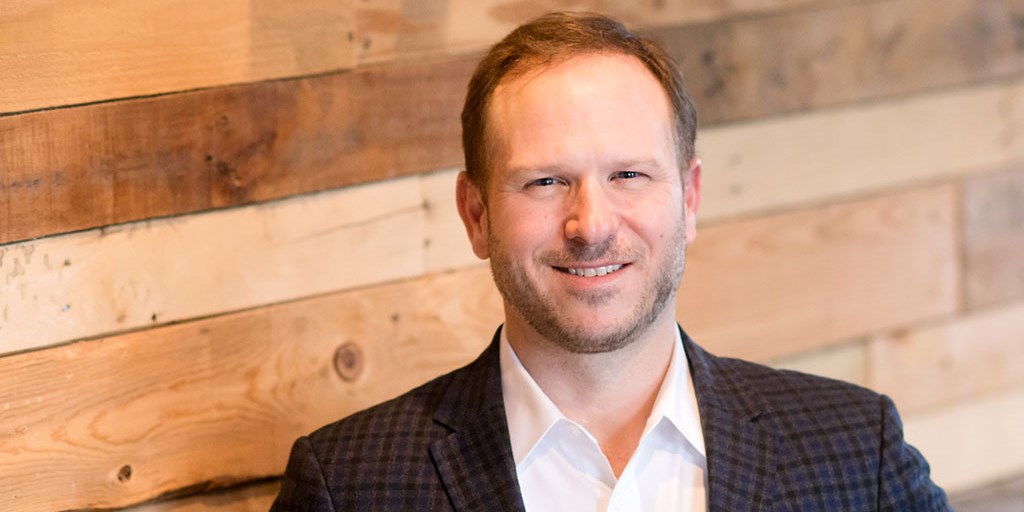Travis Mlakar views every acquisition as a new addition to his family. In the last five years, he’s led seven acquisitions to expand Millcraft, a family-owned paper distribution company based in Cleveland since 1920. The largest deal, in 2013, doubled Millcraft’s revenue and increased its headcount by nearly 60 percent, while helping it diversify into packaging and digital printing products.
But Mlakar says the success of a deal isn’t about the products or capabilities a business acquires. The most critical assets are the employees.
“An acquisition is all about the people,” Mlakar says. “They will make or break the acquisition. The leader needs to focus on the people, then let them focus on integrating the two companies.”
Now with more than 250 employees, 17 locations and more than $250 million in revenue, the fourth-generation paper company continues to evolve as the Millcraft “family” grows.
Smart Business Dealmakers spoke with Mlakar about getting people involved in acquisitions and leveraging their input to shape the success of a deal.
What are your keys to a successful acquisition?
- Be willing to walk away. If you get so attached to the (desire) to make the deal, you will make a bad deal. But, if you set yourself up with well-defined boundaries and “walk away” lines, then you will have the discipline to structure the deal the right way.
- Be honest and transparent. Make sure you uncover what the challenges will be and put contingency plans in place to mitigate those.
- Get your people involved. Give them a sense of ownership. If people are kept out of the loop, it will fuel fear and concern for the unknown.
How do you get people involved before a deal is finalized?
We created a broad, cross-functional team that we brought into the loop during the due diligence process. As it became apparent that the deal was going to happen, we continued to expand the size of the team.
We taught them throughout the process that a deal is not done until the paper is signed. We pushed them to understand the sensitivity of the information and be responsible with what they learned. This taught the team a valuable lesson in managing the highs and lows of acquisitions.
In the end, our team was about twice the size of what a normal due diligence team would have been and included two or three people from each department.
I let our team know that they were responsible for the tactical aspect: How many people would we need to add in each department? How many additional trucks would we need? What were the issues with inventory? Did we have enough hardware? How would we train? I let our team answer those questions. We focused on what they needed to be successful. This made sure that each person took ownership in their departments.
Who helped you become a successful dealmaker, and what did they teach you?
I was very fortunate to be surrounded by a number of folks who helped me, including my father, our board of directors, our management team and our bank. I would not overlook your financial partner during an acquisition. They have been through a lot of them. They see what works and what doesn’t. They know what to look for. Leverage them. Ask them what they feel are critical steps.
I also learned so much from the team we involved in doing the due diligence and integrating the acquisition: What concerns did they have? What were they excited about? The best advice I received was from listening to everyone and making sure I had respect for their perspective.
What do you know now that you wish you knew when you led your first acquisition?
Negotiate face-to-face. Don’t do it over the phone. I would also recommend when you have conversations, write down in plain English what you have agreed to and keep a list of what you are still discussing. Make sure everyone shares the same notes. During our acquisitions, I had a wonderful partner from our law firm who brought the idea that we needed to negotiate and agree on all the points to the deal in plain English before the lawyers started translating it into legalese. By understanding the deal in words we could understand, we always had something to refer back to. It made the process much easier.
Additionally, it is critical to have both parties sit down when you think are you done and say, ‘OK, what could possibly come up as a question that we have not addressed?’ Go through the exercise to make sure that you don’t have disputes later that will tear at the working fabric and culture you are trying to build.
What other advice can you share from one dealmaker to another?
Great people and good relationships are incredibly valuable assets. They are hard to find and take years to develop. Making an acquisition to bring those things to your company is worth more than any capital asset you will acquire. In six to 12 months after your acquisition, the inventory will be sold, the receivables will be collected, the cash will have changed hands, but what will be left are the people. Focus on them. They are what you are acquiring for the long term.
How to reach: Millcraft, www.millcraft.com




